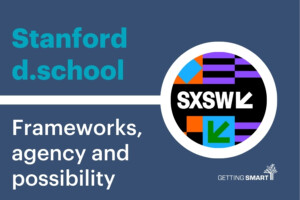Design as Learning

After working with hundreds of impact organizations we’ve learned three important lessons: design as learning, process as advocacy, and innovation as value creation.
Design as learning: planning, design, and development are rooted in adult learning.
- Safe places. Learning starts with trust and respect.
- Different paths. Each journey is unique.
- Blended learning. Face-to-face plus just-in-time.
Process as advocacy: simple, transparent, inclusive.
- Embrace paradox. Preserve ambiguity. Build both/and solutions.
- Bring data. Intuition and initiative informed by data.
- Diverge to converge. Ideate, funnel, test, go.
Innovation as value creation: improvement is incremental; innovation is harder but it delights users and creates value.
- Shared vision: Use pictures and stories to make ideas tangible.
- Just enough. Learn just enough to try, measure iterate. Fast is better than slow.
- Scale success. Turbocharge growth, build sustainability.
The goal of a planning and design process is a unique path to value creation. A necessary byproduct is team learning and metacognition. A thoughtful design process uncovers individual and team biases, builds mental models and change theories–the team gains appreciation for systems work and how impact might be produced and scaled. A healthy design process examines and reshapes agreements.
Design is learning, process is advocacy, innovation is value creation.
For more see:




Roz
Are these design tips for certain products or can the same formula be used for designing learning programs such as online training etc?
Replies
Tom Vander Ark
Hi Roz, these lessons apply well to designing learning programs. Safe places, different pathways, and blended learning are key foundational elements. The way the program is designed and implemented is a big advocacy opportunity (i.e., let folks know what you stand for, where you're headed). Success requires shared vision. Speed and iteration boost sustainability.